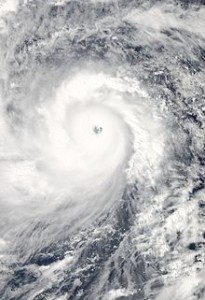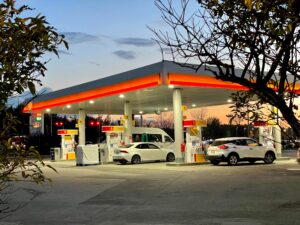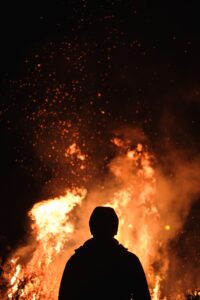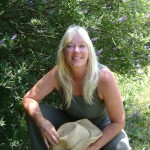
Do you live in a hurricane area?.
This year is going to be an active hurricane season – not because you drive an SUV or because you love bonfires. It’s active because the Earth and the Sun are going through a natural cycle. Hurricanes cool off the hot ocean waters, and this is Nature’s way of balancing the sea life.
Hat’s Off to Mother Nature!
That said, you need to learn how to respect Nature’s cycles, and prepare for storms like hurricanes and tornadoes. Don’t fear them.
If you live in an area that experiences natural disasters, consider relocating to an area with less powerful storms. If you want to live in these areas, which is fine, simply make sure you have a plan to either evacuate or tuck into a safe place to weather the storm.
Experiencing a weather event is scary, but when you prepare and have a Plan B, you can learn to respect the power of our magnificent planet. Live and learn – it only makes you wiser. And, you can protect your pets, too.
Stay safe when Nature is doing its thing. This video is long, but these storm chasers and youtubers are providing us with the experience like we’ve never seen before. Thank you to the chasers who provided these clips of Hurricane Beryl for us to understand Nature’s power.




